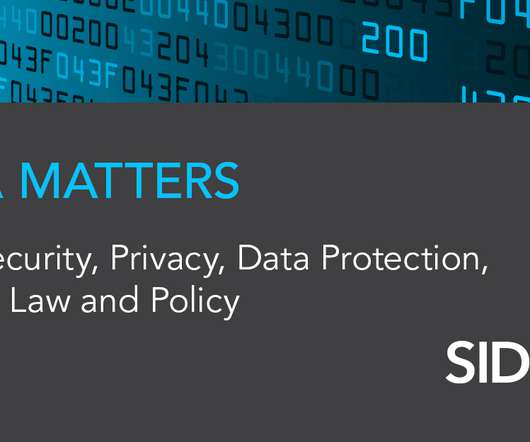NEW TECH: This free tool can help gauge, manage third-party cyber risk; it’s called ‘VRMMM’
The Last Watchdog
JANUARY 30, 2019
Late last year, Atrium Health disclosed it lost sensitive data for some 2.65 Related: Atrium Health breach highlights third-party risks. One might assume top-tier financial services firms and healthcare vendors would have solved third-party cyber exposures by now.













Let's personalize your content